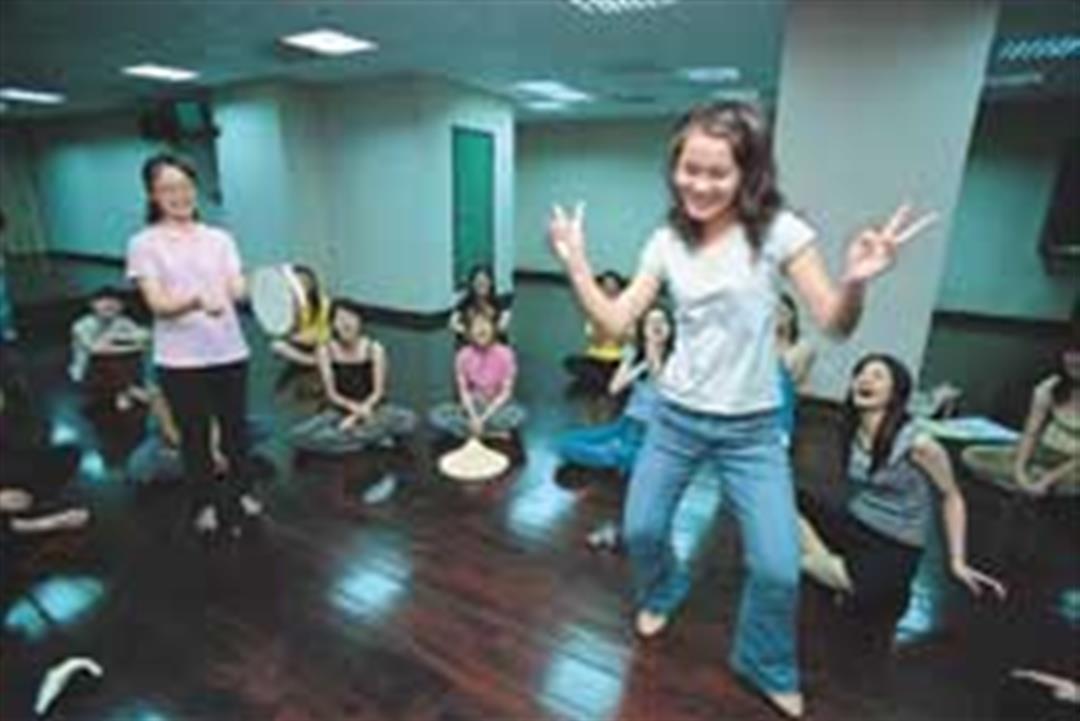Ignoring earlier successes
With falling student numbers and faced with apparent apathy, technical and vocational colleges have been forced to adjust their developmental goals in order to survive, and this has thrown the entire system into crisis.
Chang Tien-fu says: "Schools chose to focus on transforming themselves and in the process forgot their own position and character." Although many schools did change their name, their relative position in the educational hierarchy was not improved. On the contrary, having reorganized themselves many technical and vocational schools began to turn their back on earlier achievements. In other words, they stopped focusing on the need for practical work and started to emphasize theory and R&D.
Professor Huang You-min of the Department of Mechanical Engineering at National Taiwan University of Science and Technology, which was upgraded from National Taiwan Institute of Technology only six years ago, suggests that the number of research theses produced is only one indicator of the quality of a school. He believes that whether students prove useful to industry after graduating is a more important evaluation standard for technical and vocational colleges.
A survey of 1000 major enterprises in Taiwan shows that many firms characterize technical and vocational graduates as "loyal," "able to engage in teamwork," "willing to learn and flexible." But in ranking preferred institutions of higher learning the list reads: National Cheng Kung University, National Taiwan University, National Chiao Tung University, National Tsing Hua University, National Chengchi University. The first technical or vocational colleges to be named are National Taipei University of Technology and National Taiwan University of Science and Technology, in sixth and seventh place respectively. This is a clear indication that graduates from higher technical and vocational schools that continue to highlight practical work remain highly prized by the local business community.
It is a great pity, but as the number of graduation credits required to graduate from the vocational system has declined over the years, and with no rules indicating the minimum number of credits to be earned from practical work, related classes have come under pressure. As a result, many private schools have chosen to cut subjects that involve physical work or extra financing, which ensures students are given fewer and fewer opportunities to familiarize themselves with actual physical operations.
Huang You-min observes: "Research depends on brains, but realizing goals depends on technology." Taiwan has long been known for its mastery of manufacturing, which most certainly depends on refined technology. With the technical and vocational education system now becoming more research-oriented, it has to be asked who will do the work of engineering, prototyping, production and marketing in the future?
Sun Yung-ching observes that "in industrial education, time is money." The central reason why technical and vocational students are unable to meet the demands of industry is that the equipment they need to train on is too expensive. Schools are unable to meet the financial burden of constantly upgrading facilities and industry is unwilling to receive students for training in their plants, on the one hand because of the possible impact on output, but also out of genuine concern that students could damage precision machinery. As a result, schools often replace hands-on experience with "virtual reality" in the form of video tapes of manufacturing processes.
Tien Chen-jung points out that Taiwan's technical and vocational schools turned themselves into technical colleges and then science and technology universities under the guidance of the Ministry of Education. He complains that a failure to ask questions about the nature of these schools, the quality of students and the curriculums on offer led to a situation where schools fought tooth and nail to enroll students at all costs.
Senior high school graduates, regarded in the educational first track as being more talented, are now coveted by second track institutions too. NPUST president Chou Chang-hung is frank in his admission that he would fully support a change in the rules allowing his school to enroll senior high school students without being subject to the current 30% limit. He even says he would be willing to remove the words "science and technology" from the school's name, turning it into a normal university.

In January 2003, Hongkuang University, located in Shalu, Taichung County changed its designation from a technical college to that of a science and technology university. The picture shows classes in the Department of Childcare and Education.